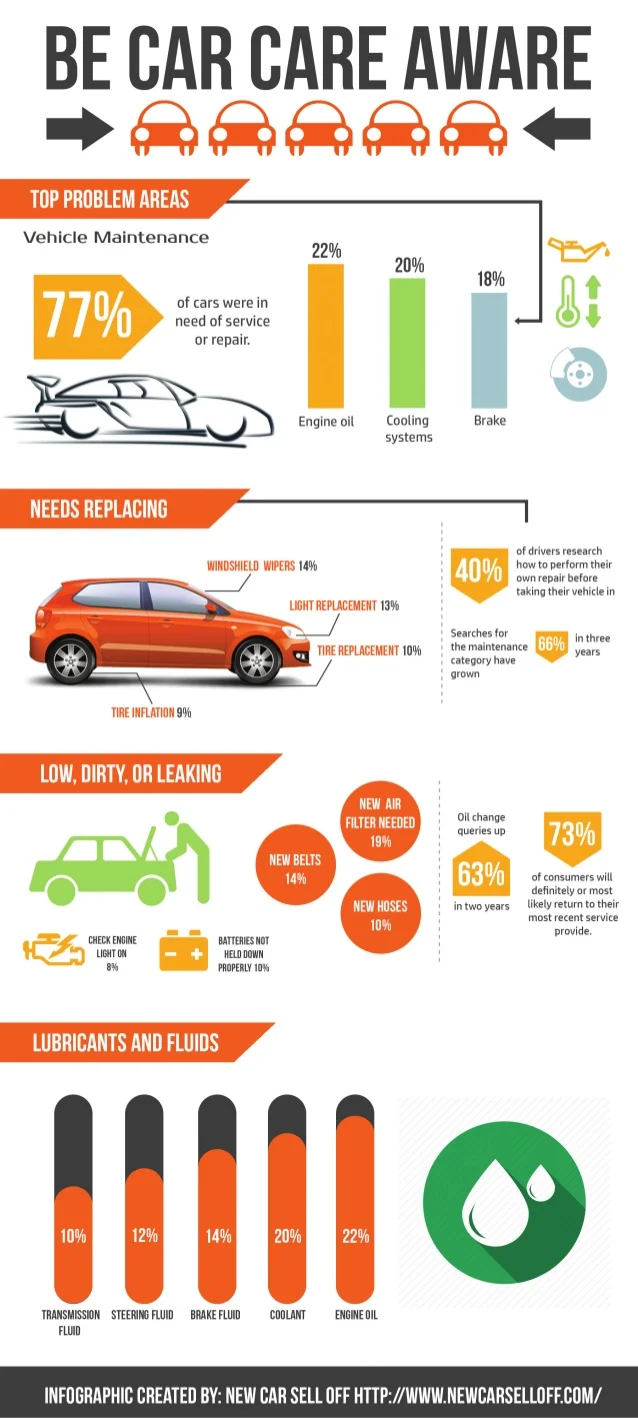Assessing Your Auto'S Caution Indicators: What They Truly Communicate
Assessing Your Auto'S Caution Indicators: What They Truly Communicate
Blog Article
Web Content Author-Hartley Kejser
When you're behind the wheel, those radiant warning lights on your dashboard can be a little bit puzzling. Do you understand what they're trying to inform you about your auto's health? Understanding the relevance of these lights is important for your safety and the long life of your car. So, the next time among those lights turns up, would not you wish to decode its message properly and take the required actions to resolve it?
Common Warning Lighting and Interpretations
Determine typical caution lights in your cars and truck and recognize their significances to make certain safe driving.
One of the most normal warning lights consist of the check engine light, which signals concerns with the engine or discharges system. If this light comes on, it's important to have your vehicle inspected quickly.
The oil pressure advising light indicates reduced oil pressure, needing immediate attention to stop engine damages.
car cleaning shop blinking battery light could suggest a defective billing system, possibly leaving you stranded otherwise addressed.
The tire stress tracking system (TPMS) light alerts you to reduced tire stress, impacting automobile stability and gas efficiency. Overlooking this could bring about hazardous driving problems.
The abdominal light suggests a problem with the anti-lock braking system, endangering your capacity to stop swiftly in emergency situations.
https://stephenjeytn.blogripley.com/32748119/just-how-mobile-car-describing-providers-can-save-you-time-and-money but not least, the coolant temperature warning light warns of engine getting too hot, which can lead to serious damage otherwise dealt with quickly.
Understanding these common warning lights will help you resolve issues without delay and keep secure driving problems.
Relevance of Prompt Interest
Recognizing the typical caution lights in your auto is only the very first step; the significance of promptly addressing these warnings can not be highlighted enough to guarantee your safety when traveling.
When a caution light illuminates on your control panel, it's your auto's method of communicating a prospective issue that needs attention. Ignoring these warnings can lead to much more serious troubles down the road, compromising your safety and possibly costing you extra in repairs.
Trigger attention to advising lights can prevent breakdowns and mishaps. For instance, a blinking check engine light could show a misfire that, if left neglected, might create damages to the catalytic converter. Resolving this promptly can conserve you from a pricey repair service.
In a similar way, a brake system cautioning light might indicate low brake liquid or worn brake pads, crucial parts for your security when driving.
Do It Yourself Troubleshooting Tips
If you discover a warning light on your control panel, there are a few DIY fixing pointers you can try prior to looking for expert assistance.
The very first step is to consult your automobile's manual to understand what the details caution light suggests. Sometimes visit this web page link can be as basic as a loose gas cap causing the check engine light. Tightening up the gas cap may fix the issue.
An additional usual issue is a low battery, which can set off various cautioning lights. Checking the battery links for corrosion and ensuring they're secure could deal with the problem.
If a warning light continues, you can try resetting it by detaching the car's battery for a few minutes and after that reconnecting it. In addition, checking your lorry's liquid degrees, such as oil, coolant, and brake fluid, can assist fix cautioning lights related to these systems.
Final thought
In conclusion, comprehending your vehicle's caution lights is necessary for keeping your vehicle running smoothly and securely. By without delay resolving these alerts and recognizing what they imply, you can stay clear of costly fixings and possible failures.
Keep in mind to consult your auto's guidebook for particular details on each cautioning light and do something about it appropriately to make sure a trouble-free driving experience.
Stay informed, remain safe when driving!
